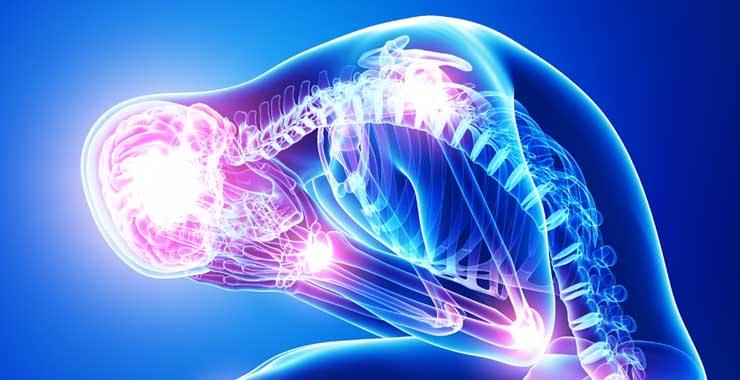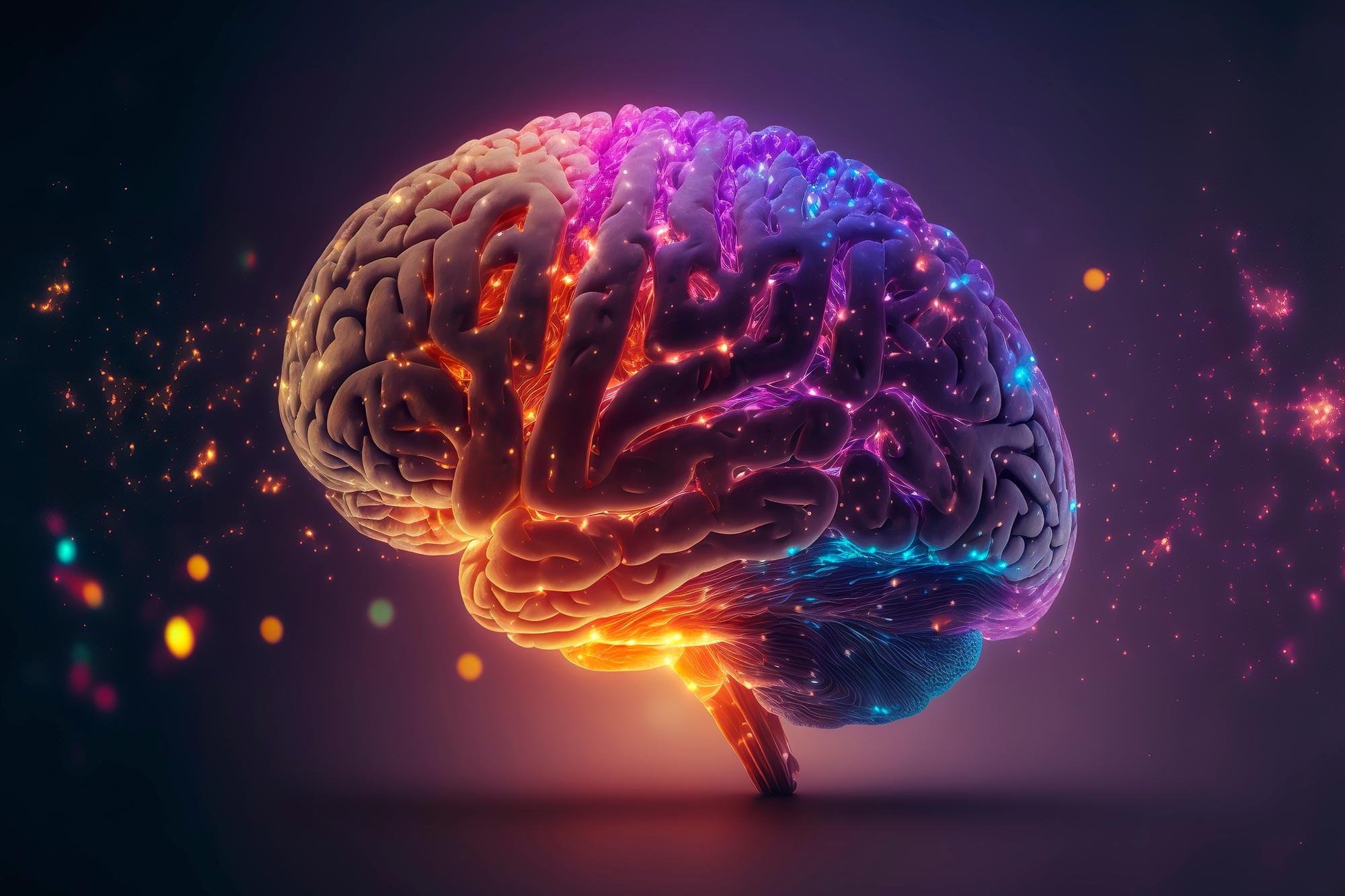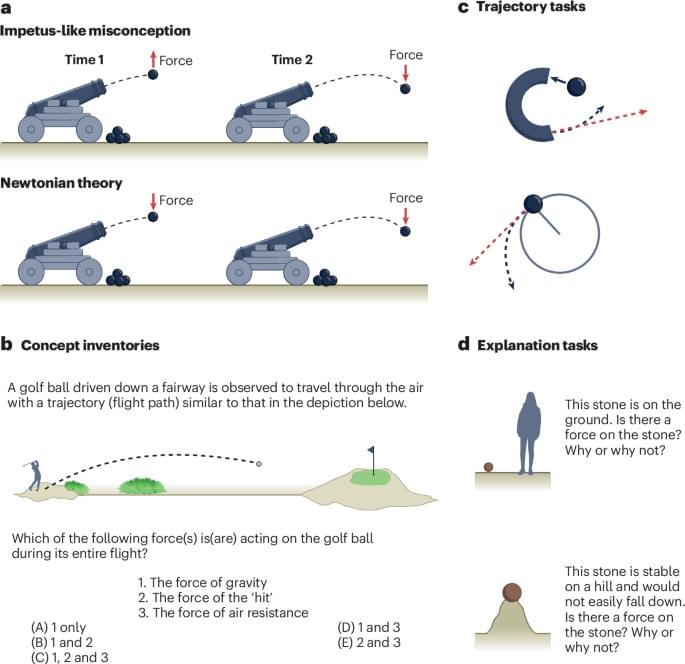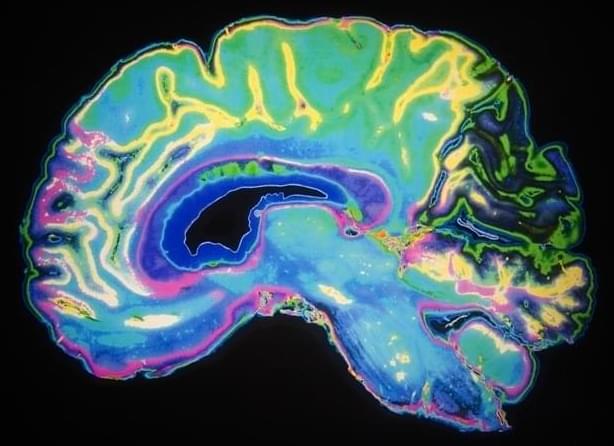Constantly worrying about events beyond your control significantly harms your physical health.
S stress-response system activated, leading to chronic stress. Over time, such stress can weaken the immune system, making us more susceptible to infections and illnesses. + Additionally, chronic stress is linked to cardiovascular issues, including hypertension and an increased risk of heart disease.
S prolonged exposure to stress hormones like cortisol can also lead to digestive problems, muscle tension, and headaches. + Moreover, the mental strain from focusing on uncontrollable factors can lead to unhealthy coping mechanisms, such as overeating or substance abuse, further impacting physical well-being.
S out there. It gets better. +
Get help: https://www.nimh.nih.gov/health/find-help
Stress affects all systems of the body including the musculoskeletal, respiratory, cardiovascular, endocrine, gastrointestinal, nervous, and reproductive systems.







